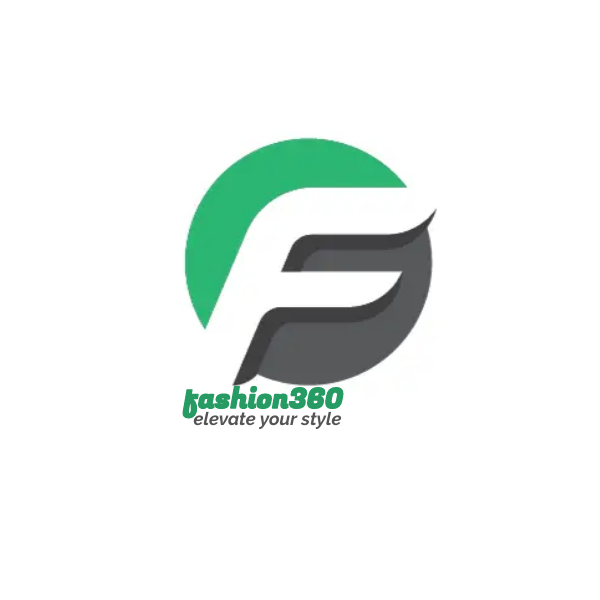Fashion Designing: An Overview
Fashion designing is the art of creating clothing, accessories, and footwear that are both aesthetically pleasing and functional. Fashion designers use their creativity, technical skills, and knowledge of textiles, fabrics, and trends to create original designs.
Key Aspects of Fashion Designing
1. Creativity: Fashion designers must be creative and able to think outside the box to come up with innovative designs.
2. Technical Skills: Fashion designers need to have technical skills such as pattern-making, sewing, and draping.
3. Knowledge of Textiles and Fabrics: Fashion designers must have a good understanding of different textiles, fabrics, and materials to create designs that are both functional and aesthetically pleasing.
4. Trend Forecasting: Fashion designers must stay up-to-date with the latest fashion trends and forecast future trends to create designs that are relevant and in-demand.
Types of Fashion Designing
1. Haute Couture: High-end, custom-made clothing for individual clients.
2. Ready-to-Wear: Mass-produced clothing for the general market.
3. Accessories Design: Designing hats, bags, shoes, and other fashion accessories.
4. Textile Design: Creating original textile designs for use in fashion, interior design, and other industries.
Career Paths in Fashion Designing
1. Fashion Designer: Creating original clothing, accessories, and footwear designs for fashion brands or individual clients.
2. Fashion Illustrator: Creating illustrations of fashion designs for use in advertising, editorial, and other media.
3. Fashion Stylist: Selecting and coordinating clothing, accessories, and props for photo shoots, fashion shows, and other events.
4. Fashion Buyer: Purchasing clothing, accessories, and footwear for fashion retailers or brands.
5. Garment technologist: You’ll be responsible for choosing and testing fabrics, ensuring the design can be made within budget, overseeing garment construction methods and carrying out the quality control of products to check for faults. You may also make production processes more efficient and/or sustainable.
6.Pattern cutter/grader:You will work with designers and garment technologists to create pattern templates based on the drawings given to you. Your job will involve using dummies to create and refine patterns, working with machinists to create samples and using computer-aided design (CAD) programs.
7.Stylist:You will put together visually appealing outfits (think clothes, accessories and props) that match the artistic vision set out for you, whether it’s for a catwalk show, photo shoot, advertisement, TV show, movie, concert or music video.
8.Graphic designer: You’ll spend your time creating look books, magazine spreads, marketing materials, bespoke packaging, websites and social media content. You may also design graphics to feature on clothing or accessories (sometimes called a print designer).
9.Fashion photographer/filmmaker: You’ll probably work as a freelancer (although you could work for a fashion retailer or brand), meeting designers, coming up with concepts for shoots, setting up equipment and lighting on set, directing models and choosing/editing the best images or videos
10.Fashion blogger/vlogger: You can make fashion blogging your job. You’ll cover a lot of areas: writing, photography/filming, website design, modelling/styling, social media, ad sales and public relations. As well as planning and creating your content, you’ll need to find ways to gain followers and make your blog/vlog profitable.
11.Model:If you have the right look, you could make a career out of it. There are different types of models, including: fashion (editorial) models, runway models, commercial models (who feature in catalogues, adverts, billboards, websites and social media), fitness models or swimsuit and lingerie models.
And many more............
Skills Required for Fashion Designing
1. Creativity: Ability to think creatively and come up with original designs.
2. Technical Skills: Proficiency in pattern-making, sewing, and draping.
3. Communication Skills: Ability to effectively communicate design ideas and concepts to clients, colleagues, and manufacturers.
4. Attention to Detail: Meticulous attention to detail to ensure that designs are accurate and of high quality.
Education and Training for Fashion Designing
1. Bachelor's Degree in Fashion Design: A four-year degree program that provides comprehensive training in fashion design.
2. Fashion Design Courses: Short-term courses or certifications that provide specialized training in specific areas of fashion design.
3. Internships and Apprenticeships: Hands-on experience working with experienced fashion designers or fashion brands.


.jpg)
.jpg)
.jpg)


.jpg)

.jpg)


